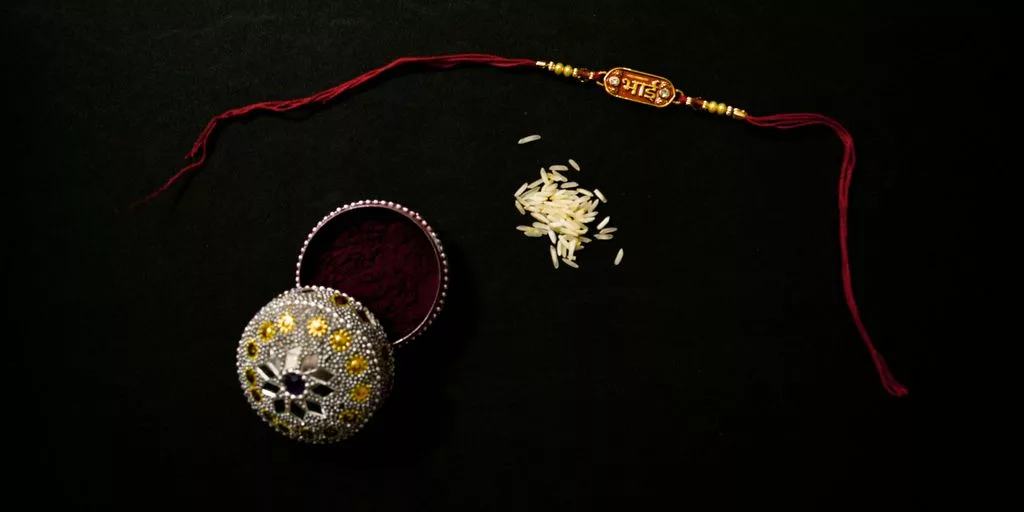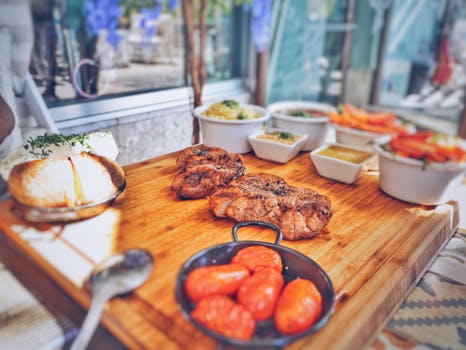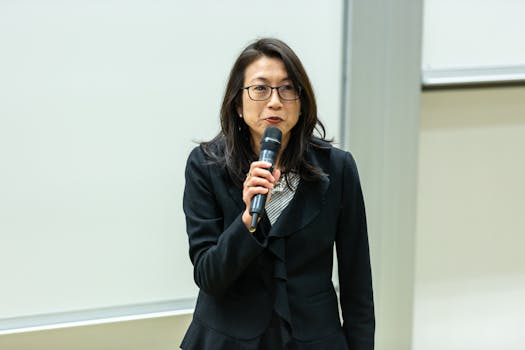
The Intricacies of Traditional Asian Attire
Asia’s traditional clothing is a beautiful reflection of its diverse cultures and histories. Each piece of attire tells a story, often made from natural materials like silk, cotton, and wool, which reflect the climate and resources of each region.
The Elegance of the Kimono
The kimono, a symbol of Japanese culture, is known for its long sleeves and intricate designs. Worn on special occasions, it represents grace and tradition. The kimono’s beauty lies in its simplicity and the skill required to wear it properly.
The Vibrancy of the Sari
In India, the sari is a vibrant and versatile garment. It comes in countless colors and patterns, each representing different regions and traditions. The sari is not just clothing; it’s a piece of art that showcases the rich textile industry of India.
The Grace of the Hanbok
The hanbok, traditional Korean attire, is characterized by its flowing lines and vibrant colors. Worn during festivals and celebrations, the hanbok reflects Korea’s rich cultural heritage. Its design emphasizes grace and modesty, making it a timeless piece of clothing.
Traditional Asian clothing is more than just fabric and thread; it’s a celebration of cultural identity and heritage.
Spiritual Practices and Their Cultural Significance
Religion plays a significant role in shaping the cultures of Asia. The continent is the birthplace of many of the world’s major religions, including Hinduism, Buddhism, Sikhism, and Jainism, as well as a host of other belief systems and practices. These religions have not remained static but have evolved and interacted with each other over the centuries, creating a complex religious landscape where syncretism and interfaith dialogue are the norm rather than the exception.
Festivals That Illuminate Asian Culture
Asia’s festivals are a cultural extravaganza that offer a glimpse into the continent’s rich traditions and vibrant celebrations. From the bustling streets of China during Lunar New Year to the colorful festivities of Diwali in India, each festival is a unique experience.
Chinese New Year Celebrations
Chinese New Year, also known as Spring Festival, is the most important celebration in China. It features family reunions, fireworks, red lanterns, and lion dances. The streets come alive with parades and performances, making it a truly unforgettable event.
Diwali: The Festival of Lights
Diwali, celebrated in India, is a festival of lights that symbolizes the victory of light over darkness. Homes are decorated with oil lamps, and fireworks light up the night sky. Families come together to share sweets and gifts, making it a joyous occasion.
Songkran: Thailand’s Water Festival
Songkran, Thailand’s water festival, marks the Thai New Year. It is celebrated with water fights and street parties, where people splash water on each other to wash away bad luck. The festival also includes traditional rituals and merit-making activities.
These festivals not only bring joy and excitement but also offer a unique glimpse into the diverse cultures of Asia.
The Evolution of Asian Architecture
Ancient Temples and Pagodas
Exploring the rich cultural heritage of Kyoto, Japan through its timeless temples and shrines. Delve into iconic sites like Kinkaku-ji, showcasing Japan’s enduring legacy. These structures are a testament to the architectural brilliance of ancient times. In Southeast Asia, the majestic temples of Angkor in Cambodia and Borobudur in Indonesia stand as towering symbols of artistic brilliance. They are adorned with intricate sculptures and bas-reliefs inspired by Hindu and Buddhist cosmology.
Modern Skyscrapers in East Asia
East Asia’s skyline is a blend of tradition and modernity. Cities like Tokyo, Shanghai, and Seoul boast some of the world’s tallest and most innovative skyscrapers. These structures reflect the region’s rapid economic growth and technological advancements. The main changes involved diverse decorative details. Starting with the Tang Dynasty, Chinese architecture has had a major influence on the architectural styles seen today.
Sustainable Design in Asia
Sustainability is becoming a key focus in Asian architecture. Modern architects are integrating eco-friendly materials and energy-efficient designs into their projects. This shift towards sustainability is not just a trend but a necessity for the future. Southeast Asia’s great temples were built by the 13th century, and today, the region continues to innovate with green architecture. The Indian royal temple, which dominated Southeast Asian culture, typically stood on a raised platform, symbolizing a connection between the earth and the divine.
An introduction to the history of Southeast Asian architecture chronicles the architectural heritage of 11 Southeast Asian countries, delving into the major influences and styles that have shaped the region’s built environment.
Culinary Traditions Across Asia

Street Food Adventures
Asia’s bustling streets are a food lover’s paradise. From Bangkok’s spicy pad thai to Mumbai’s savory vada pav, street food offers a taste of local culture. Vendors whip up dishes that are both affordable and delicious. Don’t miss out on the night markets in Taiwan or the hawker centers in Singapore. Each bite tells a story of tradition and innovation.
Traditional Tea Ceremonies
Tea is more than just a drink in Asia; it’s a ritual. In Japan, the tea ceremony is a meditative practice, focusing on harmony and respect. China’s tea culture dates back thousands of years, with varieties like oolong and pu-erh offering unique flavors. In India, chai is a daily staple, brewed with spices like cardamom and ginger. These ceremonies are a window into the soul of Asian cultures.
Fusion Cuisine Trends
In recent decades, Asian cuisines have experienced a renaissance as they interact with global culinary traditions. Fusion cuisine, such as the Korean taco or sushi burrito, blends flavors from different cultures, creating something entirely new. This trend highlights the deep ties between food, identity, and community. It’s a delicious way to explore the impact of globalization on our plates.
Asia’s top destinations such as Thailand, India, Indonesia, and Japan have always been known for their food. Exploring these places through their culinary offerings is a journey through exotic flavors and rich cultural heritage.
The Role of Family and Community
Multi-Generational Households
In many Asian cultures, multi-generational households are the norm. Grandparents, parents, and children often live under one roof, creating a strong support system. This setup fosters close family ties and ensures that family members can rely on each other for help and guidance. It’s common for children to take care of their aging parents, reflecting the deep-rooted value of filial piety.
Community Festivals and Gatherings
Community festivals and gatherings are a cornerstone of Asian culture. These events bring people together to celebrate traditions, enjoy food, and participate in cultural activities. They strengthen community bonds and provide a sense of belonging. From colorful parades to traditional dances, these gatherings are a vibrant expression of cultural heritage.
Respect for Elders and Ancestors
Respect for elders and ancestors is a fundamental aspect of Asian culture. Elders are revered for their wisdom and experience, and their advice is often sought in important matters. Ancestor worship is also common, with families paying homage to their forebears through rituals and ceremonies. This deep respect for the past helps maintain a strong sense of identity and continuity within the community.
In Asian cultures, family and community are intertwined, creating a network of support and mutual respect that is essential for social harmony.
Artistic Expressions in Asian Cultures
Calligraphy and Ink Painting
Asian calligraphy is more than just writing; it’s an art form that conveys deep meaning through each stroke. The fluidity and precision of ink painting reflect centuries of tradition and culture. This art form is a testament to the rich and diverse artistic heritage of Asia, where every brushstroke tells a story.
Delve into the captivating world of Asian calligraphy, where strokes of ink on paper convey centuries of tradition, culture, and profound meaning.
Traditional Dance Forms
Traditional dance in Asia is a vibrant expression of cultural identity. From the graceful movements of Japanese Noh to the energetic steps of Indian Bharatanatyam, these dances are a celebration of history and spirituality. Each performance is a living art that connects the past with the present.
Contemporary Art Movements
Modern Asian artists are pushing boundaries and exploring new mediums. From installation art to digital media, contemporary expressions are dynamic and ever-evolving. These artists engage with diverse mediums, contributing to the dynamic and ever-evolving landscape of Asian art. Their work is a testament to the region’s enduring spirit and cultural vitality.
Conclusion
In conclusion, the rich tapestry of Asian culture is a testament to the continent’s diverse and vibrant heritage. From the ancient traditions of China and India to the modern innovations of Japan and South Korea, each culture offers a unique glimpse into the human experience. By exploring these cultures, we not only gain a deeper appreciation for their history and traditions but also learn valuable lessons that can be applied to our own lives. Whether it’s through food, art, or festivals, the cultures of Asia continue to inspire and captivate people around the world. As we move forward, let us cherish and celebrate this incredible diversity, ensuring that these traditions are preserved for future generations to enjoy.
Frequently Asked Questions
What are some traditional Asian clothes?
Traditional Asian clothes include the Japanese kimono, the Indian sari, and the Korean hanbok. Each outfit has a unique design and cultural meaning.
How does Buddhism influence Southeast Asian culture?
Buddhism shapes many aspects of life in Southeast Asia, including art, architecture, and daily practices. Temples and festivals often reflect Buddhist traditions.
What is Diwali, and why is it celebrated?
Diwali, also known as the Festival of Lights, is a major Hindu holiday celebrating the victory of light over darkness. People light lamps, exchange gifts, and enjoy festive foods.
What are some famous Asian festivals?
Some famous Asian festivals include Chinese New Year, Diwali in India, and Songkran in Thailand. These festivals are known for their vibrant celebrations and cultural significance.
How has Asian architecture changed over time?
Asian architecture has evolved from ancient temples and pagodas to modern skyscrapers and sustainable designs. Each era reflects the technology and values of its time.
What are some popular Asian foods?
Popular Asian foods include sushi from Japan, dim sum from China, and curry from India. Street food is also a big part of the culinary culture in many Asian countries.






